The Timeless Appeal of Classic Range Rovers: A Collector’s Dream
Introduction
The Classic Range Rover (1970–1996) is more than just a vehicle—it’s an automotive icon. Combining luxury, off-road capability, and timeless design, it revolutionized the SUV market and remains a highly sought-after collector’s item today. Whether you’re a vintage car enthusiast, a luxury SUV lover, or an investor, the Classic Range Rover offers heritage, prestige, and increasing value.
In this 1500-word article, we’ll explore:
- The History & Evolution of the Classic Range Rover
- Why It’s a Collector’s Favorite
- Key Models & Special Editions
- Restoration & Maintenance Tips
- Investment Potential & Market Trends
1. The History & Evolution of the Classic Range Rover
The Birth of an Icon (1970)
The Range Rover was launched in 1970 as a revolutionary vehicle—the first luxury 4×4. Unlike rugged off-roaders of the time (such as the Land Rover Series), it offered:
- Permanent 4WD with a V8 engine (originally a Buick-derived 3.5L)
- Coil spring suspension for a smoother ride
- A spacious, comfortable interior (unlike utilitarian Land Rovers)
- Distinctive design by Spencer King & Gordon Bashford
Initially marketed as a “car for all reasons,” it was equally at home on farms, in cities, and on safari.
Key Generations (1970–1996)
- First Generation (1970–1981) – The original 2-door model with aluminum body panels and basic interiors.
- Second Generation (1981–1994) – Introduced the 4-door version, improved interiors, and fuel-injected engines.
- Third Generation (1994–1996) – The final iteration before the P38A, featuring modernized electronics and refinements.
2. Why Classic Range Rovers Are a Collector’s Favorite
A. Timeless Design
The boxy yet elegant shape of the Classic Range Rover has aged beautifully. Its floating roof, clamshell hood, and split tailgate remain design benchmarks.
B. Off-Road & On-Road Versatility
Unlike modern luxury SUVs, the Classic Range Rover was built for real off-roading while maintaining refined road manners. Features like:
- High ground clearance
- Locking center differential
- Robust ladder-frame chassis
…made it a true all-terrain vehicle.
C. Hand-Built British Luxury
Early models had Spartan interiors, but later versions introduced:
- Leather seats
- Wood trim
- Air conditioning & power windows
This blend of utility and luxury was unprecedented at the time.
D. Celebrity & Royal Appeal
- Queen Elizabeth II owned several.
- Steve McQueen, Paul McCartney, and Ralph Lauren were early fans.
- Featured in films like “The Saint” (1997) and “Tomb Raider” (2001).
3. Key Models & Special Editions
A. Range Rover Classic Two-Door (1970–1981)
- Rarest & most valuable today.
- Suffix A, B, & C models had incremental upgrades.
- “Suffix D” (1979–1981) introduced fuel injection.
B. Range Rover Classic Vogue (1984–1996)
- The first luxury-focused model with:
- Full leather interiors
- Automatic transmission
- Wood & chrome accents
C. Limited Editions
- “CSK” (1990) – Named after Charles Spencer King, limited to 200 units.
- “LSE” (Long Wheelbase, 1992–1996) – Extra legroom, only 1,500 made.
- “Soft Dash” (1993–1996) – Updated dashboard & electronics.
4. Restoration & Maintenance Tips
A. Common Issues to Watch For
- Rust (chassis, bulkhead, wheel arches)
- Electrical problems (Lucas wiring)
- V8 engine oil leaks & overheating
- Worn suspension bushings
B. Restoration Guide
- Start with a solid chassis (rust-free is key).
- Engine rebuild or upgrade (many opt for 4.6L or LS swaps).
- Interior refurbishment (original leather is prized).
- Keep it original (matching numbers boost value).
C. Modern Upgrades
- Electronic ignition (replacing points)
- Upgraded brakes (Discovery parts fit)
- LED lighting (better visibility, classic look)
5. Investment Potential & Market Trends
A. Rising Values
- 10 years ago, a good Classic Range Rover sold for $10,000–$20,000.
- Today, pristine examples fetch $50,000–$100,000+.
- CSK & LSE models command premium prices.
B. Why They’ll Keep Appreciating
- Limited supply (many rusted or were scrapped).
- Growing nostalgia for 90s luxury SUVs.
- EV & hybrid conversions are making them future-proof.
C. Best Models to Invest In
- Early two-doors (1970s) – Rarity factor.
- Vogue & LSE – Luxury appeal.
- CSK & Soft Dash – Collector demand.
Conclusion: The Classic Range Rover’s Enduring Legacy
The Classic Range Rover is more than just an old SUV—it’s a piece of automotive history. With its unmatched blend of luxury, off-road ability, and timeless design, it remains a dream car for collectors. Whether you’re restoring one, investing, or simply admiring, the Classic Range Rover is a true British icon that will continue appreciating for decades.

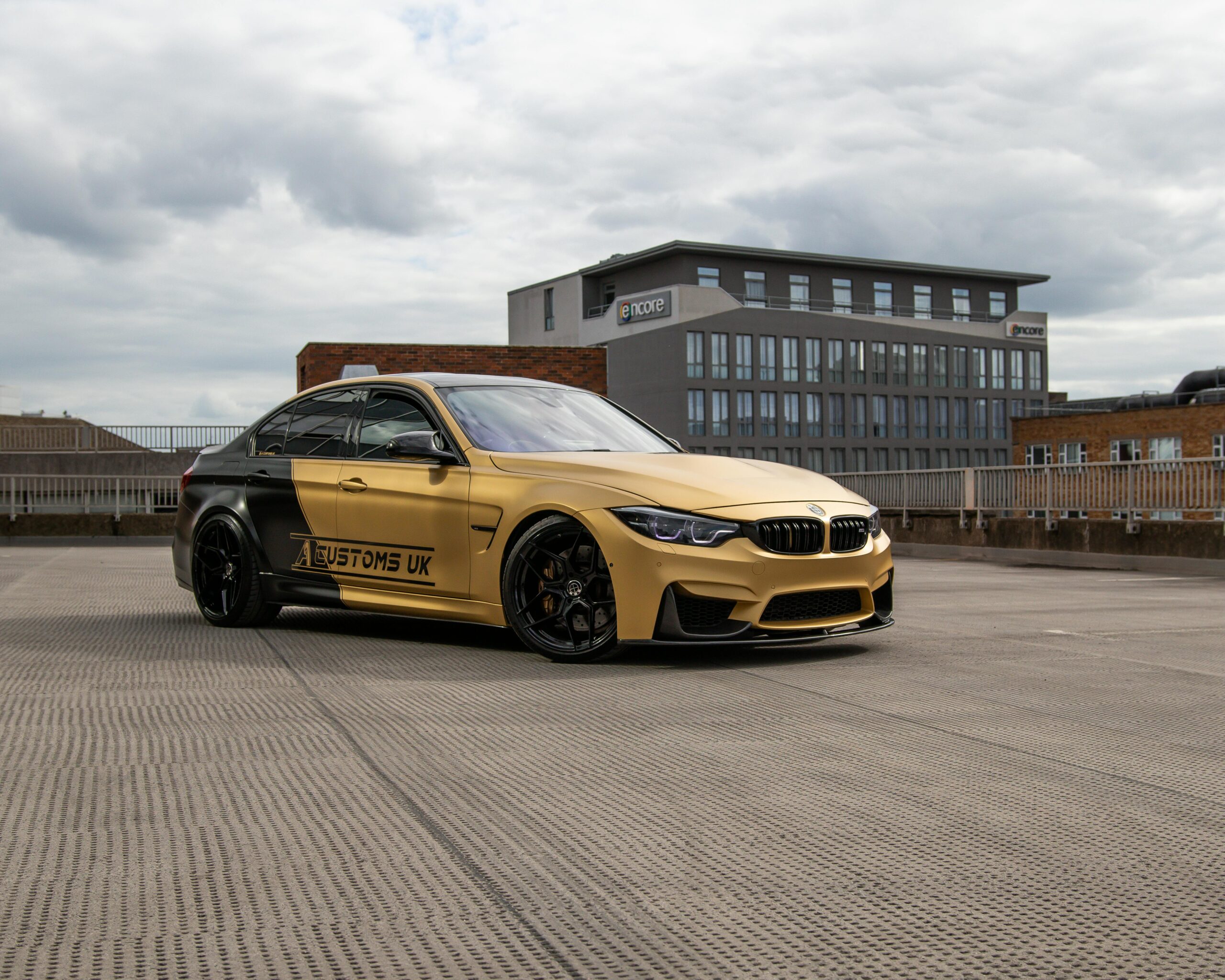
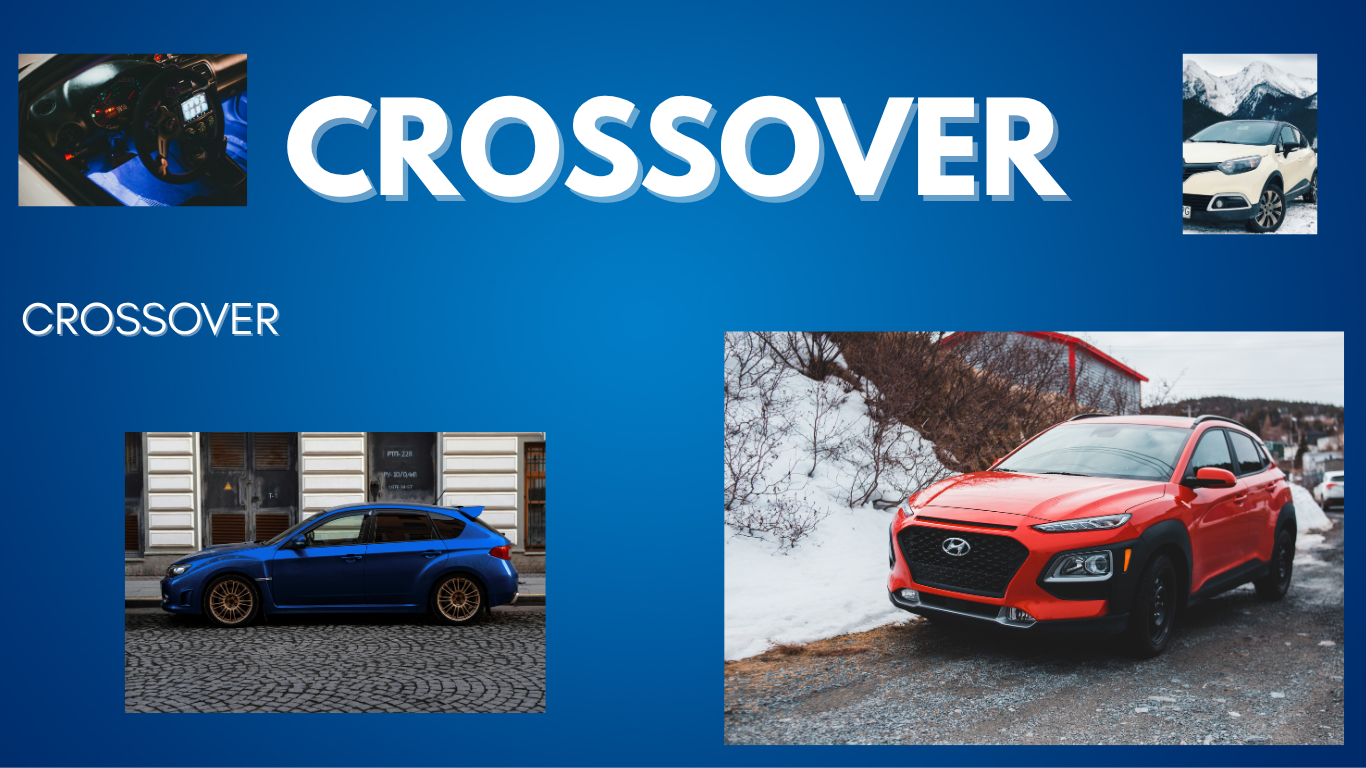
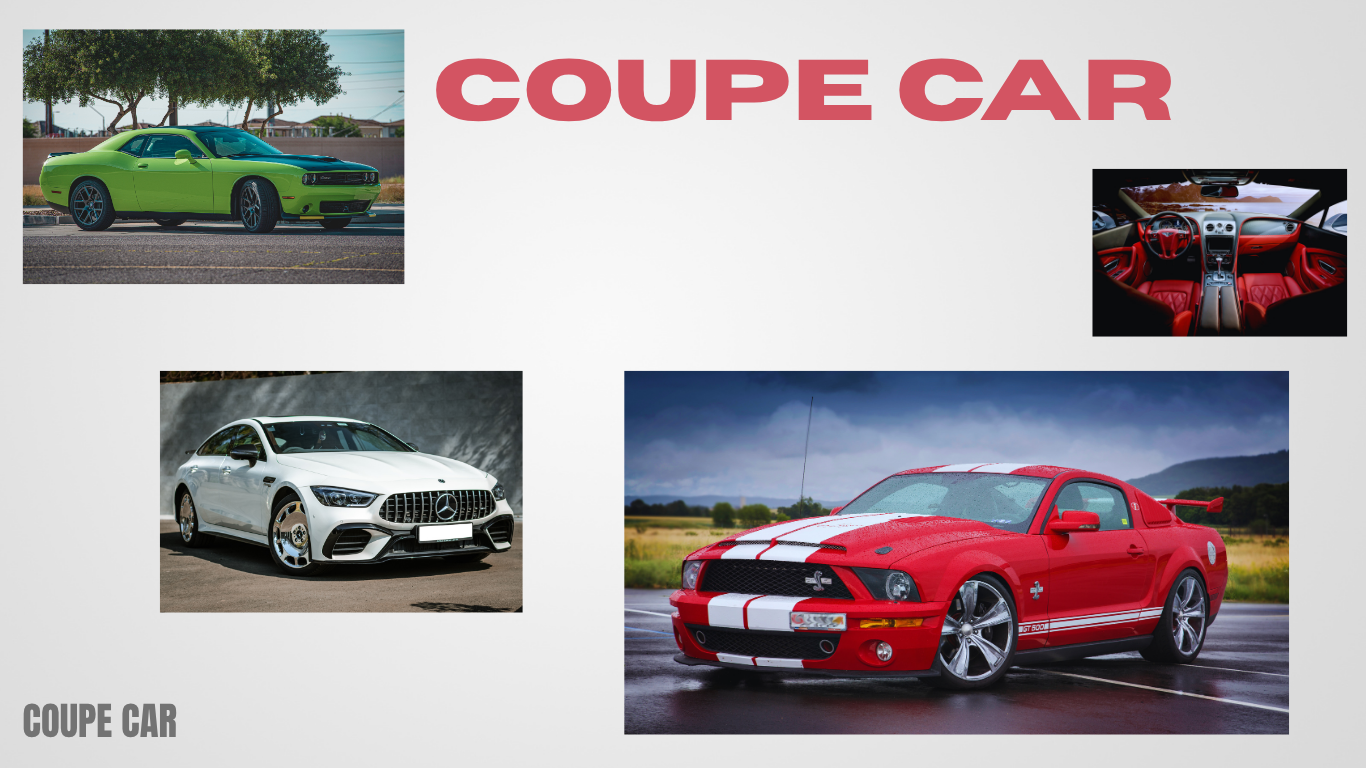
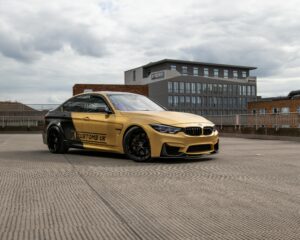

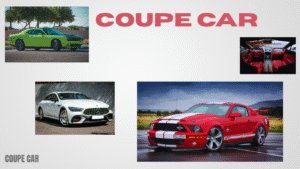
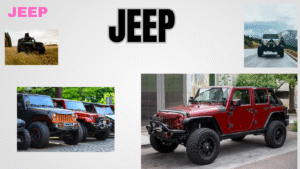
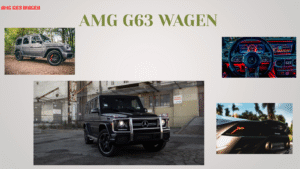

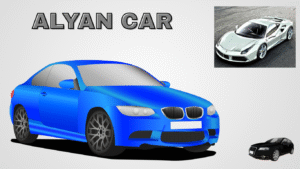
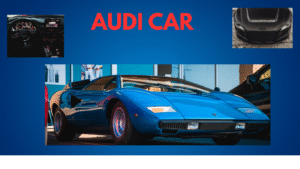

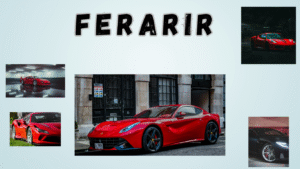
Post Comment